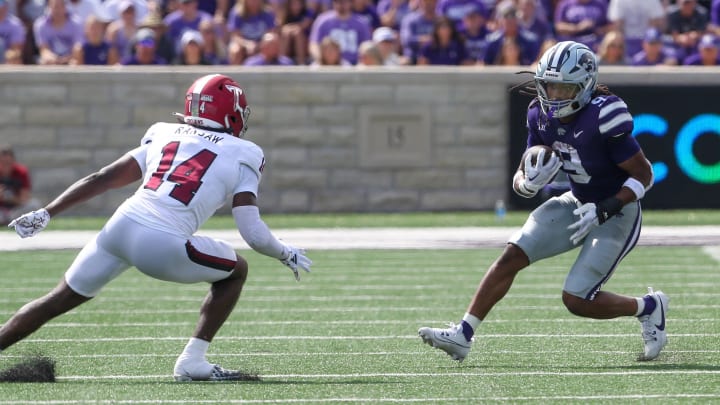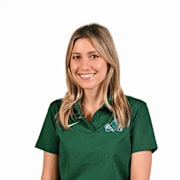Could This Defensive Back Become the Cornerstone of Sumrall’s New Tulane Defense?

While the Tulane Green Wave build their secondary ahead of the 2024 season, transfer Caleb Ransaw from Troy displayed traits of lockdown coverage in spring that commanded attention.
One might call him the anchor of a unit that Coach Jon Sumrall reloaded in the portal due to inexperience. Fittingly, that’s the position in which he’s set to make waves this season, albeit by a different name: Spear. A role most know as nickel or slot corner.
Football can be described akin to playing chess, particularly when looking at historical trends. It’s a cat-and-mouse dance of new types of attacks and the requisite defensive response. With the emphasis on the passing game growing by the season, most teams employ five defensive backs in their base defense.
Though a modified version of an odd front, the Green Wave ran out of a base 3-3-5 defense last season under the same defensive philosophy we can expect under this current coaching staff. Focusing on coverage, that leaves you with your typical two safeties, cornerbacks, and what Tulane fans will come to know as Spear.
I am certified to scout defensive backs through the Scouting Academy. Each position group requires you to grade and submit reports on five players – each with distinct traits. You have your box and free safety prototypes, or a hybrid version, ideally two cornerbacks who can play press coverage, and a slot corner, hereby referred to as Spear.
Despite my focus on scouting defense – as a former center back in soccer – you can’t get anywhere with analysis unless you understand what that player is trying to stop. Defending the slot receiver requires a nuanced subset of traits versus playing on the perimeter, with an emphasis on short area quickness.
Lining up closer to the formation in the slot, the Spear will have to move through and make plays in traffic. Slot receivers run routes where they have what’s called a “two-way-go,” a choice to release inside or outside. The role requires higher mental processing and understanding tip-offs of release tendencies by receivers than at cornerback. You not only must have long speed to carry vertical routes, but reactionary quickness and twitch are essential to defeating their releases.
In my three years as Tulane’s sideline reporter, I’ve seen several players grow and thrive in this role. In 2021, Jadon Canady was one of the bright spots to watch consistently, but was moved to cornerback in 2022 after losing personnel. Macon Clark had played safety the prior season and was tasked with adapting his skillset to become the new Spear.
I recall several instances of frustration early on in spring camp that season from Clark as he learned the new athletic and mental requirements. Then it clicked; he was fourth in tackles that season and led the team with three forced fumbles.
One of the most underrated transfer portal adds for the Green Wave last season was the late addition of Kam Pedescleaux, joining the team in fall camp as starting now-Spear. It’s safe to say Tulane does not see the success of last season without Pedescleaux.
One game in particular stood out: his complete shutdown of LaJohntay Wester at FAU, who entered the game leading the nation with 93 receptions. Pedescleaux only allowed 86 yards by Wester in coverage on 11 receptions and no touchdowns. That’s without breaking down his blitzing abilities.
A cursory look of Caleb Ransaw on film displays the same promise and production. It confirms the eye test of a consistent playmaker, one of my primary takeaways observing spring camp. With a missed tackle rate of 2% by PFF last year, that immediately demands attention.
Ransaw displays the ability to make downfield tackles in space with good technique and toughness. That twitch off the line of scrimmage is apparent in his ability to carry routes downfield, but more so in his patience and reactionary quickness, letting the receiver come to him and declare his intent.
This series will continue with a look at some games on tape, and for Ransaw, that’s analyzing his work in coverage and stopping the run against Kansas State last season. His role will be critical in that rematch in Yulman Stadium on September 7.
